Home>Furniture & Design>Interior Design Trends>How To Winterize A Sliding Glass Door
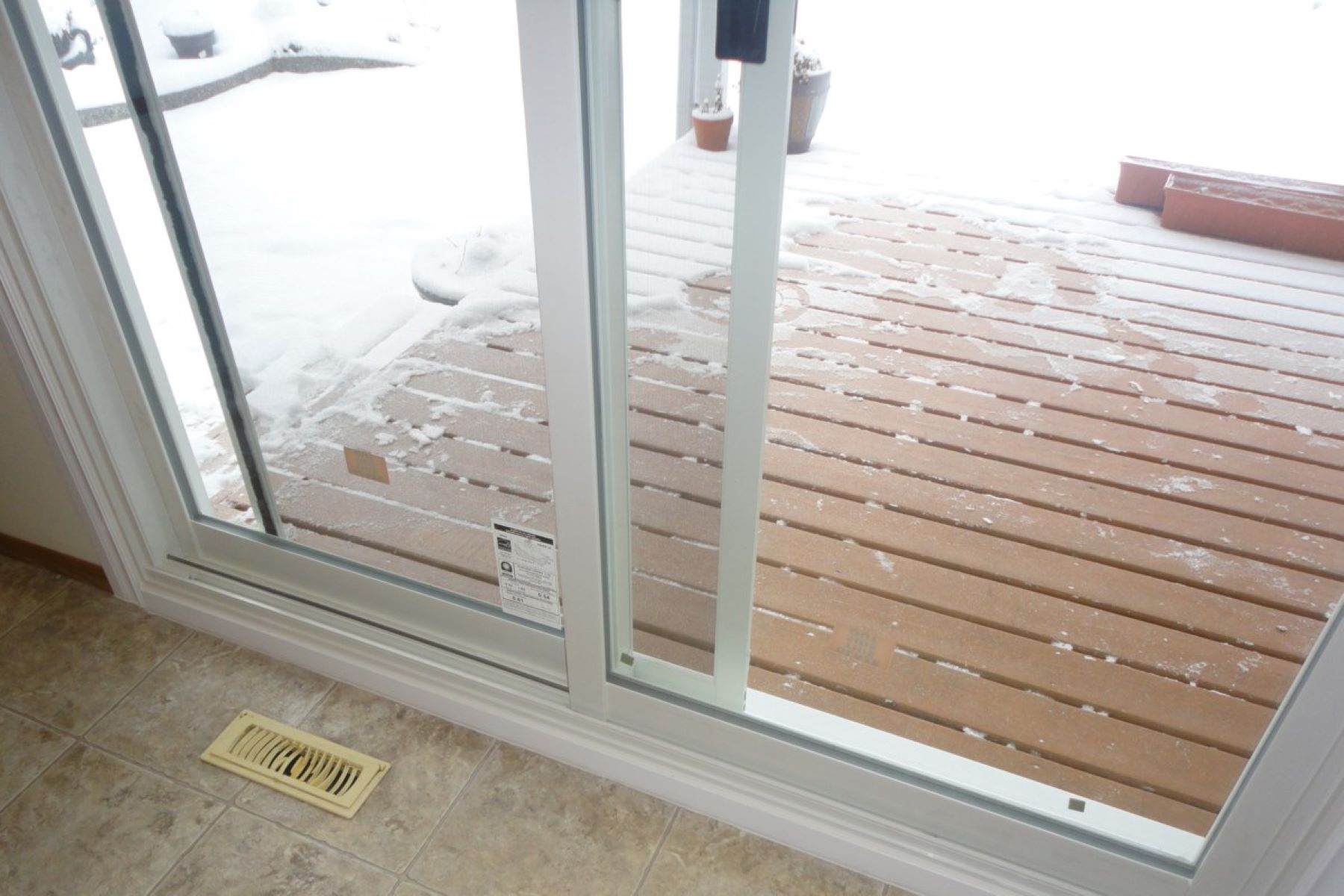

Interior Design Trends
How To Winterize A Sliding Glass Door
Modified: August 27, 2024
Learn how to winterize a sliding glass door with the latest interior design trends. Keep your home cozy and stylish during the colder months.
(Many of the links in this article redirect to a specific reviewed product. Your purchase of these products through affiliate links helps to generate commission for Storables.com, at no extra cost. Learn more)
Inspect and Clean the Tracks
The first step in winterizing a sliding glass door is to thoroughly inspect and clean the tracks. Over time, dirt, debris, and even small objects can accumulate in the tracks, hindering the smooth operation of the door and compromising its insulation capabilities. Begin by carefully examining the tracks for any visible obstructions or buildup. Use a flashlight to illuminate the tracks and ensure that no dirt or debris is overlooked.
Once any visible debris has been removed, it's time to clean the tracks. Start by vacuuming the tracks to eliminate loose dirt and debris. A narrow attachment can be particularly useful for reaching into the crevices of the tracks. After vacuuming, use a damp cloth or sponge to wipe down the tracks, removing any remaining grime or residue. For stubborn dirt or residue, a mild detergent can be used to facilitate the cleaning process. Be sure to dry the tracks thoroughly to prevent any moisture from lingering, which could potentially lead to rust or mold growth.
In addition to cleaning the tracks, it's essential to inspect the condition of the track material itself. Check for any signs of wear, damage, or warping that could affect the door's ability to form a tight seal when closed. If any issues are identified, it may be necessary to address them before proceeding with the winterization process. This could involve repairing or replacing damaged track components to ensure optimal functionality and insulation.
By taking the time to meticulously inspect and clean the tracks of your sliding glass door, you can lay a solid foundation for effective winterization. Not only will this help to maintain the door's smooth operation, but it will also contribute to its ability to provide a reliable barrier against the cold outdoor air. With the tracks thoroughly cleaned and in good condition, you can proceed with confidence to the next steps of winterizing your sliding glass door, knowing that you've set the stage for a more comfortable and energy-efficient home during the winter months.
Key Takeaways:
- Keep your sliding glass door winter-ready by cleaning the tracks, applying lubricant, and installing weatherstripping. This helps maintain smooth operation, insulation, and a cozy home during the colder months.
- Enhance your sliding glass door’s winter performance with insulating window film, thermal curtains, a draft stopper, or a storm door. These additions minimize heat loss, reduce drafts, and improve energy efficiency for a more comfortable living space.
Apply Lubricant to the Tracks and Rollers
Ensuring that the tracks and rollers of your sliding glass door are properly lubricated is a crucial step in preparing it for the winter months. Over time, these components can accumulate dirt, dust, and grime, leading to increased friction and difficulty in opening and closing the door. By applying lubricant, you can not only restore smooth operation but also enhance the door's ability to provide insulation against the cold.
To begin, gather the necessary supplies for this task. You will need a silicone-based lubricant specifically designed for use on door tracks and rollers. It's important to avoid using oil-based lubricants, as they can attract more dirt and debris, ultimately exacerbating the issue. Additionally, have a clean cloth or rag on hand to wipe away any excess lubricant and ensure a tidy application.
Start by thoroughly cleaning the tracks and rollers to remove any existing debris and residue. This can be done using a mild detergent and water, along with a brush or sponge to dislodge stubborn dirt. Once the tracks and rollers are clean and dry, it's time to apply the lubricant. Shake the lubricant can well to ensure proper mixing of the silicone formula, then carefully spray or apply it along the tracks and directly onto the rollers. Be mindful not to oversaturate the components, as excess lubricant can attract more dirt and create a messy buildup.
After applying the lubricant, manually slide the door back and forth several times to distribute the lubricant evenly along the tracks and rollers. This will help to ensure smooth and consistent coverage, allowing the door to move with ease. Any excess lubricant can be wiped away with a clean cloth, leaving behind a thin, protective layer that reduces friction and promotes effortless operation.
By regularly applying lubricant to the tracks and rollers of your sliding glass door, you can prolong the lifespan of these components and maintain the door's functionality throughout the winter season. The smooth, well-lubricated operation will not only make it easier to open and close the door but also contribute to its ability to form a tight seal, effectively keeping the cold air outside and the warmth inside. This simple yet effective maintenance task can significantly enhance the overall performance and energy efficiency of your sliding glass door, making it a valuable part of your winterization efforts.
Install Weatherstripping
Weatherstripping is a vital component in the winterization of a sliding glass door, as it plays a key role in sealing any gaps or spaces that could allow cold air to infiltrate the home. By creating a tight seal around the door frame, weatherstripping helps to prevent drafts and heat loss, ultimately contributing to improved energy efficiency and indoor comfort during the colder months.
To begin the weatherstripping installation process, it's essential to select the appropriate type of weatherstripping for the sliding glass door. There are various options available, including adhesive-backed foam, vinyl, silicone, and felt weatherstripping, each offering unique benefits in terms of durability, flexibility, and insulation properties. Consider the specific needs of your door and the prevailing climate in your area to determine the most suitable weatherstripping material for your winterization project.
Once you have chosen the weatherstripping material, carefully measure the dimensions of the door frame to determine the required length of weatherstripping. It's important to ensure a precise fit to effectively seal any gaps or spaces around the door. Using a sharp utility knife or scissors, cut the weatherstripping to the appropriate length, taking care to achieve clean, straight edges for a professional-looking installation.
Before applying the weatherstripping, thoroughly clean the door frame to remove any dirt, dust, or residue that could interfere with adhesion. A mild detergent and water can be used to clean the surface, followed by drying with a clean cloth to ensure a smooth, debris-free application area.
Next, carefully position the weatherstripping along the door frame, starting at the top and working your way down the sides. Press the weatherstripping firmly into place, ensuring that it adheres securely and forms a continuous seal around the entire perimeter of the door. Pay close attention to corners and junctions, making sure that the weatherstripping is applied without gaps or overlaps that could compromise its effectiveness.
After the weatherstripping is in place, perform a thorough inspection to confirm that it forms a tight seal when the door is closed. Check for any areas where the weatherstripping may need adjustment or reinforcement to ensure optimal insulation and draft prevention. Making any necessary adjustments at this stage will help to maximize the effectiveness of the weatherstripping and enhance the overall winterization of the sliding glass door.
By installing weatherstripping on your sliding glass door, you can significantly improve its ability to keep cold air out and maintain indoor warmth during the winter. This simple yet impactful addition can make a noticeable difference in energy efficiency, comfort, and heating costs, making it a valuable investment in your home's winterization efforts. With a properly sealed and insulated sliding glass door, you can enjoy a cozier and more energy-efficient living space throughout the colder months.
Use Insulating Window Film
Insulating window film is a highly effective and relatively simple solution for enhancing the energy efficiency of a sliding glass door during the winter months. This innovative film serves as a thermal barrier, helping to minimize heat transfer and prevent cold drafts from infiltrating the home. By applying insulating window film to the glass surface of the door, you can significantly reduce heat loss, improve indoor comfort, and lower heating costs.
The process of applying insulating window film begins with selecting the appropriate type of film for your specific needs. There are various options available, including clear, tinted, and decorative films, each offering unique benefits in addition to insulation. When choosing a film, consider factors such as UV protection, glare reduction, and privacy enhancement, in addition to its insulating properties. Additionally, ensure that the film is designed for use on glass surfaces and is compatible with the size and dimensions of your sliding glass door.
Before applying the insulating window film, thoroughly clean the glass surface to remove any dirt, dust, or residue that could interfere with adhesion. A solution of mild detergent and water can be used to clean the glass, followed by drying with a lint-free cloth to ensure a pristine application surface. Any remaining streaks or smudges should be eliminated to achieve a smooth and transparent finish.
Next, carefully measure the dimensions of the glass surface to determine the required size of the insulating window film. It's essential to cut the film to fit the glass accurately, allowing for a precise and seamless application. Using a sharp utility knife or scissors, trim the film to the appropriate dimensions, ensuring straight and clean edges for a professional-looking installation.
Once the film is cut to size, it can be applied to the glass surface using a spray bottle filled with a solution of water and a small amount of mild detergent. Lightly mist the glass with the solution to create a moistened surface for the film to adhere to. Position the film carefully, starting at the top of the glass and gradually smoothing it down to eliminate any air bubbles or wrinkles. A squeegee or similar tool can be used to aid in the smoothing process, ensuring a tight and uniform application.
After the film is in place, use the squeegee to press out any remaining air bubbles and excess moisture, working from the center of the glass toward the edges. This will help to achieve a secure and bubble-free installation, maximizing the insulating and aesthetic benefits of the film. Once the film is fully adhered and any excess moisture is removed, a final pass with the squeegee can be made to ensure a smooth and polished finish.
By applying insulating window film to your sliding glass door, you can create a more energy-efficient and comfortable living environment during the winter. The film's insulating properties help to minimize heat loss and drafts, allowing you to enjoy a warmer and more cost-effective home throughout the colder months. Additionally, the UV protection and glare reduction offered by certain films can contribute to enhanced comfort and protection for your furnishings and interior spaces. With insulating window film, you can make a significant impact on your home's winterization efforts, reaping the benefits of improved insulation, energy savings, and overall comfort.
Apply weatherstripping to the edges of the sliding glass door to prevent drafts and keep the cold air out. This will help to winterize the door and keep your home warm.
Install Thermal Curtains or Drapes
Installing thermal curtains or drapes is a highly effective and visually appealing method to enhance the insulation of a sliding glass door during the winter months. These specialized window treatments are designed with thermal properties that help to minimize heat loss, reduce drafts, and create a more comfortable indoor environment. By incorporating thermal curtains or drapes into your winterization strategy, you can significantly improve the energy efficiency of your home while adding a touch of style and warmth to your living space.
When selecting thermal curtains or drapes for your sliding glass door, consider the specific insulation properties and design elements that best complement your interior decor. Look for curtains or drapes with a thermal lining or interlining, as these layers are instrumental in reducing heat transfer and enhancing the door's ability to retain warmth. Additionally, consider the aesthetic aspects of the curtains, such as color, pattern, and texture, to ensure that they harmonize with your existing decor while adding a cozy and inviting ambiance to the room.
Once you have chosen the ideal thermal curtains or drapes, it's essential to measure the dimensions of your sliding glass door accurately. This will ensure that the curtains or drapes fit the space perfectly, providing maximum coverage and insulation. Pay attention to the length, width, and hanging style of the curtains, as well as the type of curtain rod or track required for installation. Proper measurements will contribute to a tailored and polished look while optimizing the thermal benefits of the window treatments.
After acquiring the necessary measurements, proceed to install the curtain rod or track above the sliding glass door according to the manufacturer's instructions. Ensure that the rod or track is securely mounted and capable of supporting the weight of the thermal curtains or drapes. Once the rod or track is in place, carefully hang the curtains or drapes, making any necessary adjustments to achieve a uniform and visually pleasing appearance.
When the thermal curtains or drapes are hung, take the time to adjust and arrange them to ensure a proper fit and optimal insulation. The curtains should extend beyond the edges of the door and reach the floor, effectively creating a barrier against drafts and heat loss. Additionally, consider using tiebacks or holdbacks to allow for easy opening and closing of the curtains while maintaining a neat and tidy appearance when not in use.
By installing thermal curtains or drapes on your sliding glass door, you can create a more energy-efficient and inviting living space during the winter. The thermal properties of these window treatments help to minimize heat loss, reduce drafts, and contribute to a cozier indoor environment. Additionally, the visual appeal and decorative versatility of thermal curtains or drapes can enhance the overall aesthetic of your home, adding warmth and style to your winterization efforts. With the addition of these specialized window treatments, you can enjoy improved insulation, energy savings, and a more comfortable living space throughout the colder months.
Read more: How To Weatherstrip A Sliding Glass Door
Add a Draft Stopper
Introducing a draft stopper to your sliding glass door can significantly enhance its ability to prevent cold air from seeping into your home during the winter months. This simple yet effective solution acts as a barrier against drafts, helping to maintain a comfortable indoor temperature and improve energy efficiency. By strategically placing a draft stopper along the bottom of the door, you can minimize heat loss and create a more welcoming living environment.
When selecting a draft stopper for your sliding glass door, consider the specific design and functionality that best suits your needs. There are various types of draft stoppers available, including foam, fabric, or silicone options, each offering unique benefits in terms of insulation and durability. Look for a draft stopper that is designed to fit the width of your sliding glass door and provides a snug seal when the door is closed. Additionally, consider the aesthetic aspects of the draft stopper to ensure that it complements your interior decor while effectively serving its purpose.
Once you have chosen the appropriate draft stopper, carefully measure the width of the bottom of your sliding glass door to determine the required length of the stopper. It's essential to achieve a precise fit to effectively block drafts and maintain a consistent indoor temperature. Using a sharp utility knife or scissors, trim the draft stopper to the exact length, ensuring clean and straight edges for a professional-looking installation.
After preparing the draft stopper, position it along the bottom of the sliding glass door, ensuring that it forms a tight seal when the door is closed. The draft stopper should effectively block any gaps or spaces that could allow cold air to enter, contributing to improved insulation and energy efficiency. Pay close attention to the alignment and placement of the draft stopper, making any necessary adjustments to achieve optimal coverage and draft prevention.
By adding a draft stopper to your sliding glass door, you can create a more energy-efficient and comfortable living space during the winter. The draft stopper serves as a practical and cost-effective solution to minimize heat loss and reduce drafts, ultimately contributing to lower heating costs and a cozier indoor environment. With the addition of this simple yet impactful measure, you can enhance the winterization of your sliding glass door, enjoying the benefits of improved insulation and a more pleasant living environment throughout the colder months.
Consider Installing a Storm Door
When it comes to winterizing a home with a sliding glass door, the installation of a storm door can offer a multitude of benefits, ranging from enhanced insulation and energy efficiency to increased protection and versatility. A storm door serves as an additional barrier against the elements, providing an extra layer of insulation and security for the entrance of your home.
One of the key advantages of installing a storm door is its ability to create an air pocket between itself and the primary door, effectively acting as a buffer against cold outdoor air. This air pocket serves as a thermal barrier, helping to minimize heat loss and drafts while creating a more comfortable indoor environment. Additionally, the presence of a storm door can contribute to improved energy efficiency by reducing the workload on your heating system, ultimately leading to potential cost savings on heating bills.
In addition to its insulation benefits, a storm door offers enhanced protection for your sliding glass door and the entryway of your home. It acts as a shield against the elements, including wind, rain, and snow, helping to preserve the integrity of the primary door and extend its lifespan. Furthermore, a storm door can provide an added layer of security, serving as a deterrent against potential intruders and enhancing the overall safety of your home.
Another notable advantage of a storm door is its versatility in accommodating different weather conditions and ventilation needs. Many modern storm doors feature adjustable screens that allow for increased airflow during warmer seasons while still providing protection against insects and debris. This flexibility enables homeowners to enjoy the benefits of a storm door throughout the year, adapting to changing weather patterns and comfort preferences.
When considering the installation of a storm door, it's essential to select a model that is well-suited to the specific requirements of your sliding glass door and the prevailing climate in your area. Look for a storm door with high-quality insulation properties, durable construction, and a reliable locking mechanism to ensure optimal performance and longevity. Additionally, consider the aesthetic aspects of the storm door to complement the architectural style of your home and enhance its curb appeal.
By installing a storm door, you can elevate the winterization of your sliding glass door to a new level, reaping the benefits of improved insulation, energy efficiency, protection, and versatility. With its ability to create a thermal barrier, enhance security, and adapt to varying weather conditions, a storm door proves to be a valuable addition to any home with a sliding glass door, offering a comprehensive solution for winterization and year-round comfort.
Frequently Asked Questions about How To Winterize A Sliding Glass Door
Was this page helpful?
At Storables.com, we guarantee accurate and reliable information. Our content, validated by Expert Board Contributors, is crafted following stringent Editorial Policies. We're committed to providing you with well-researched, expert-backed insights for all your informational needs.
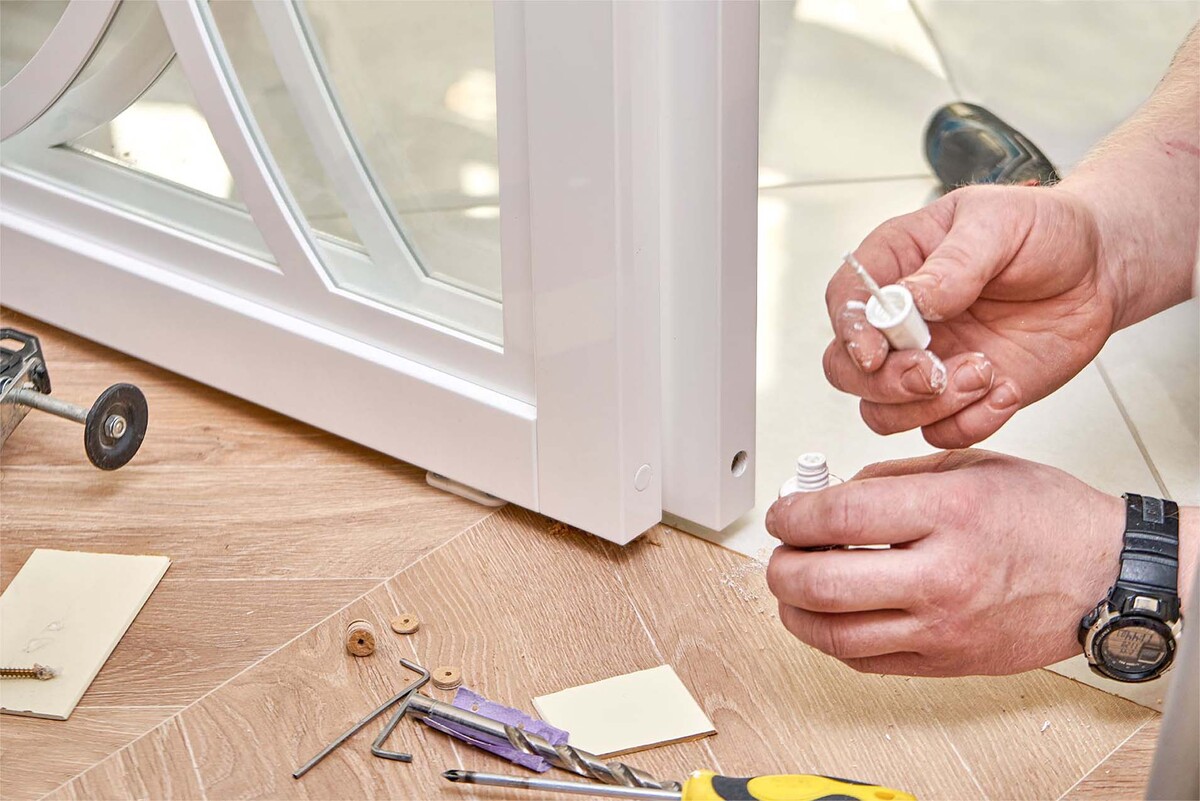
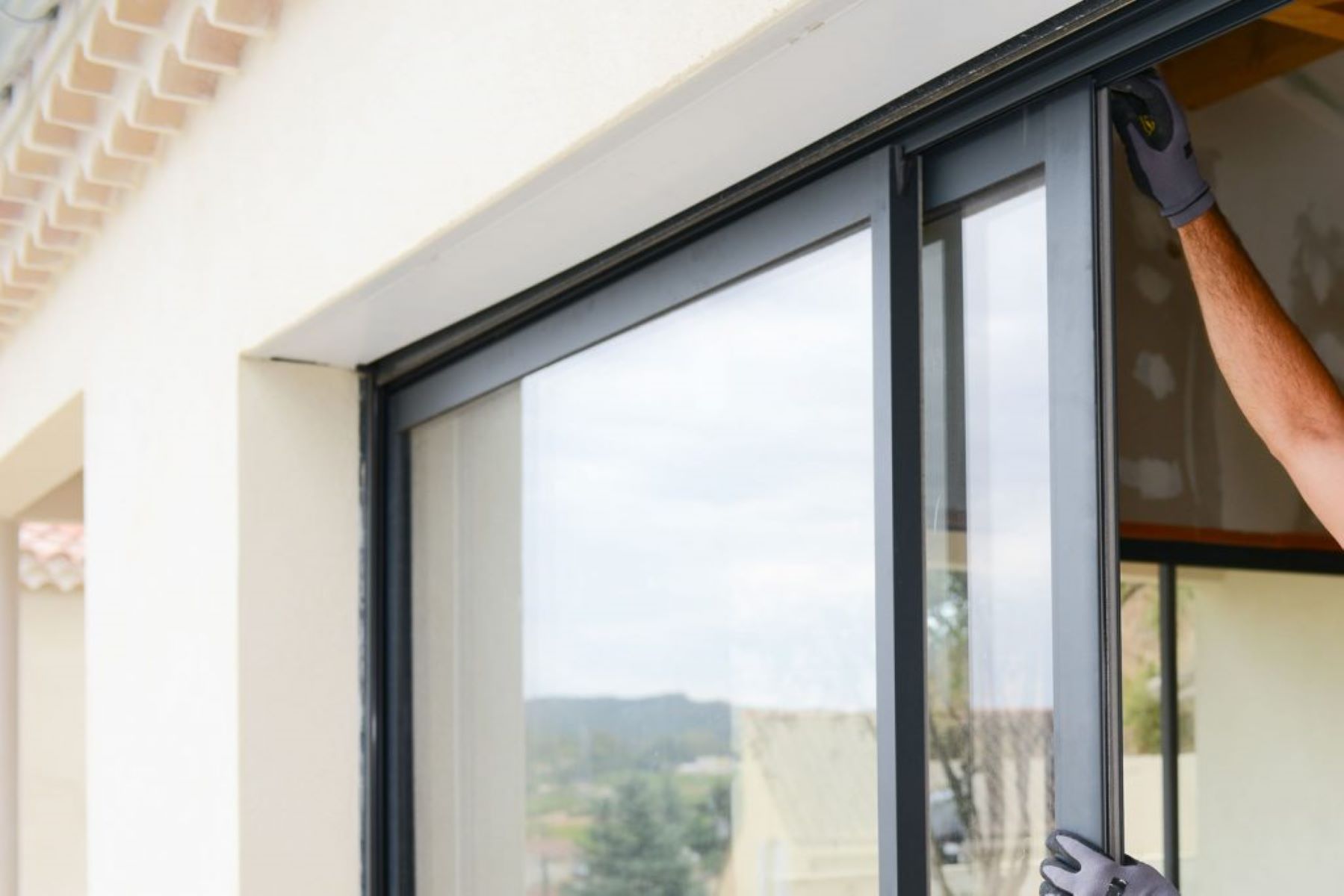


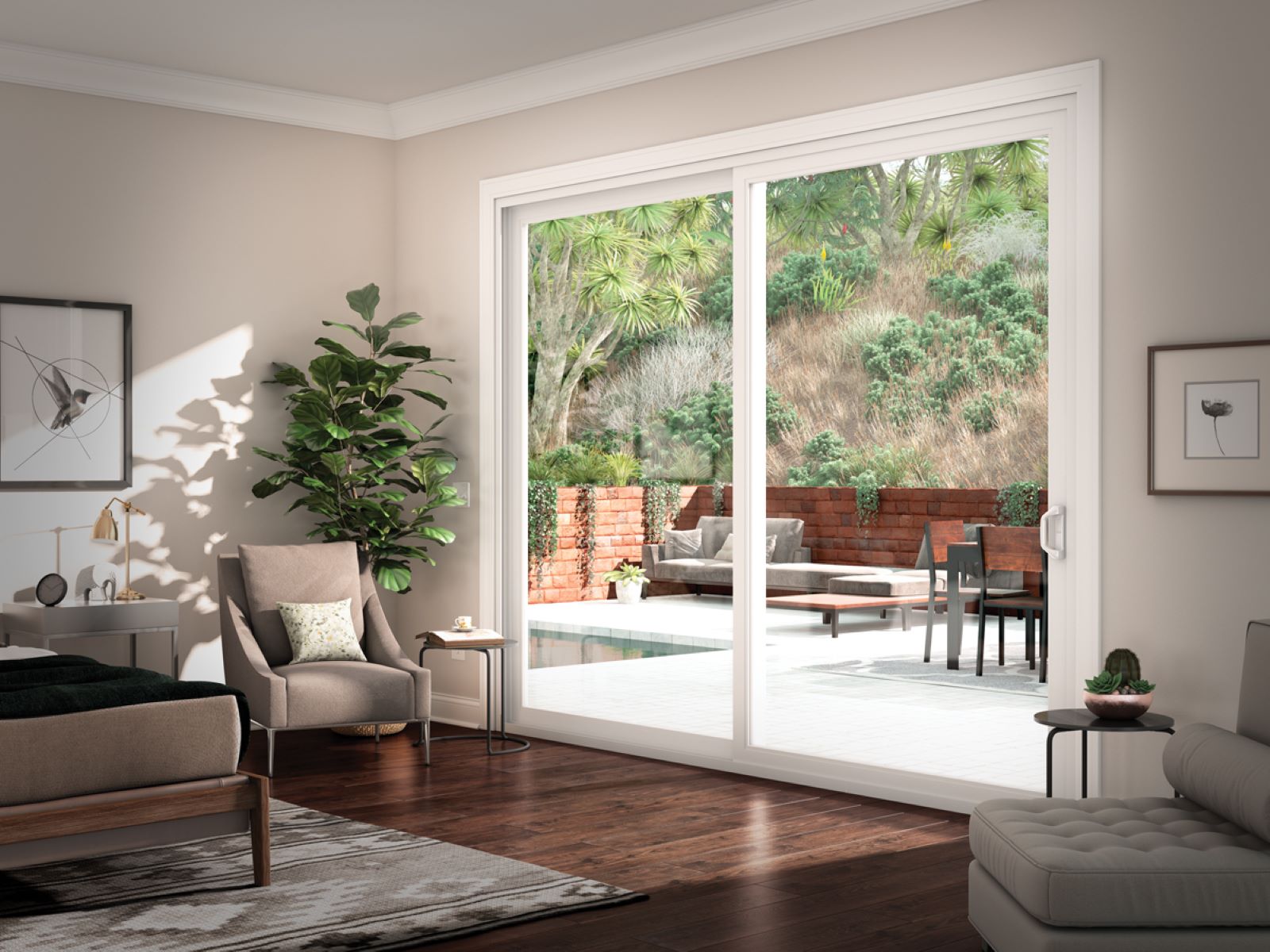

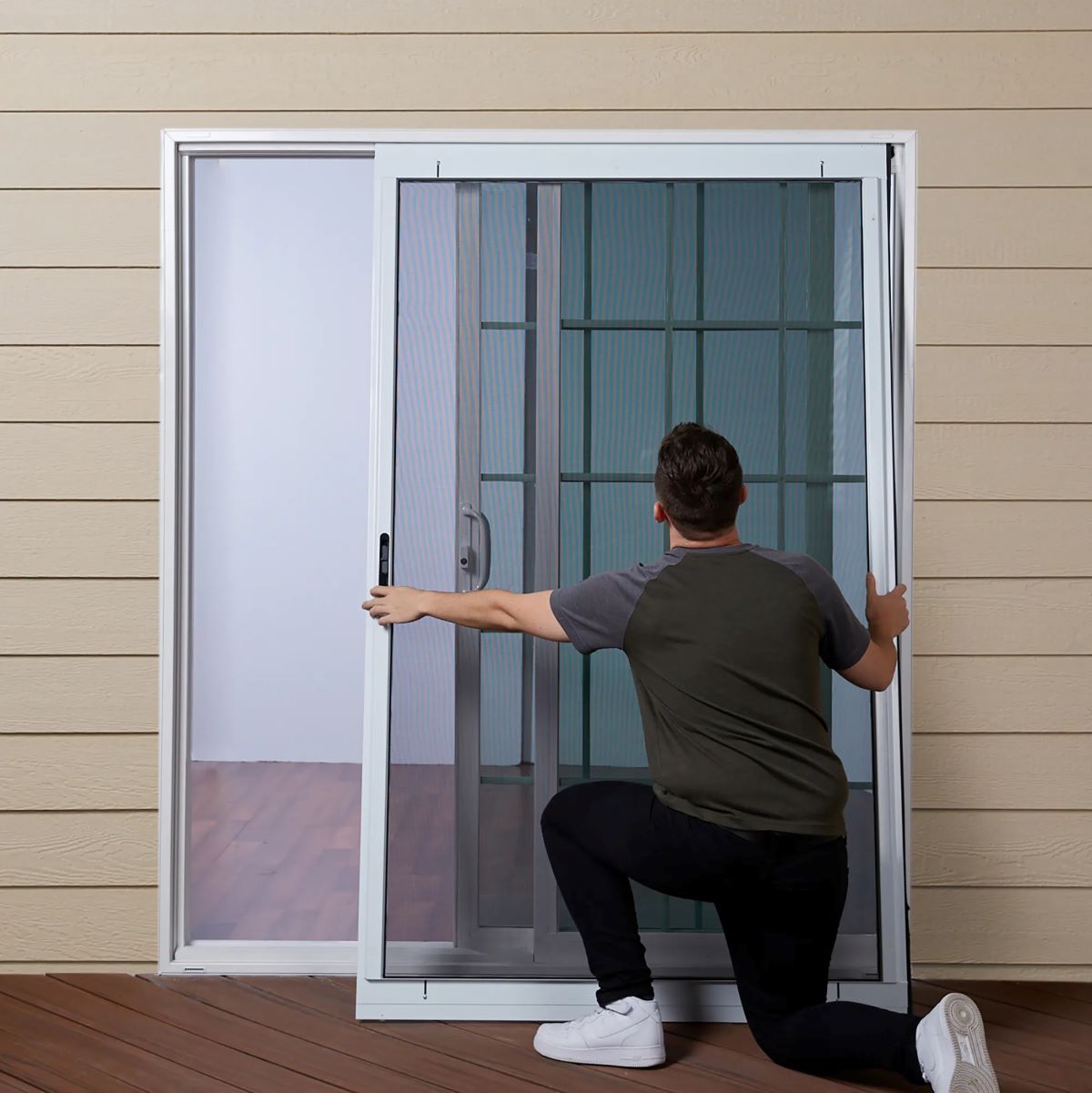
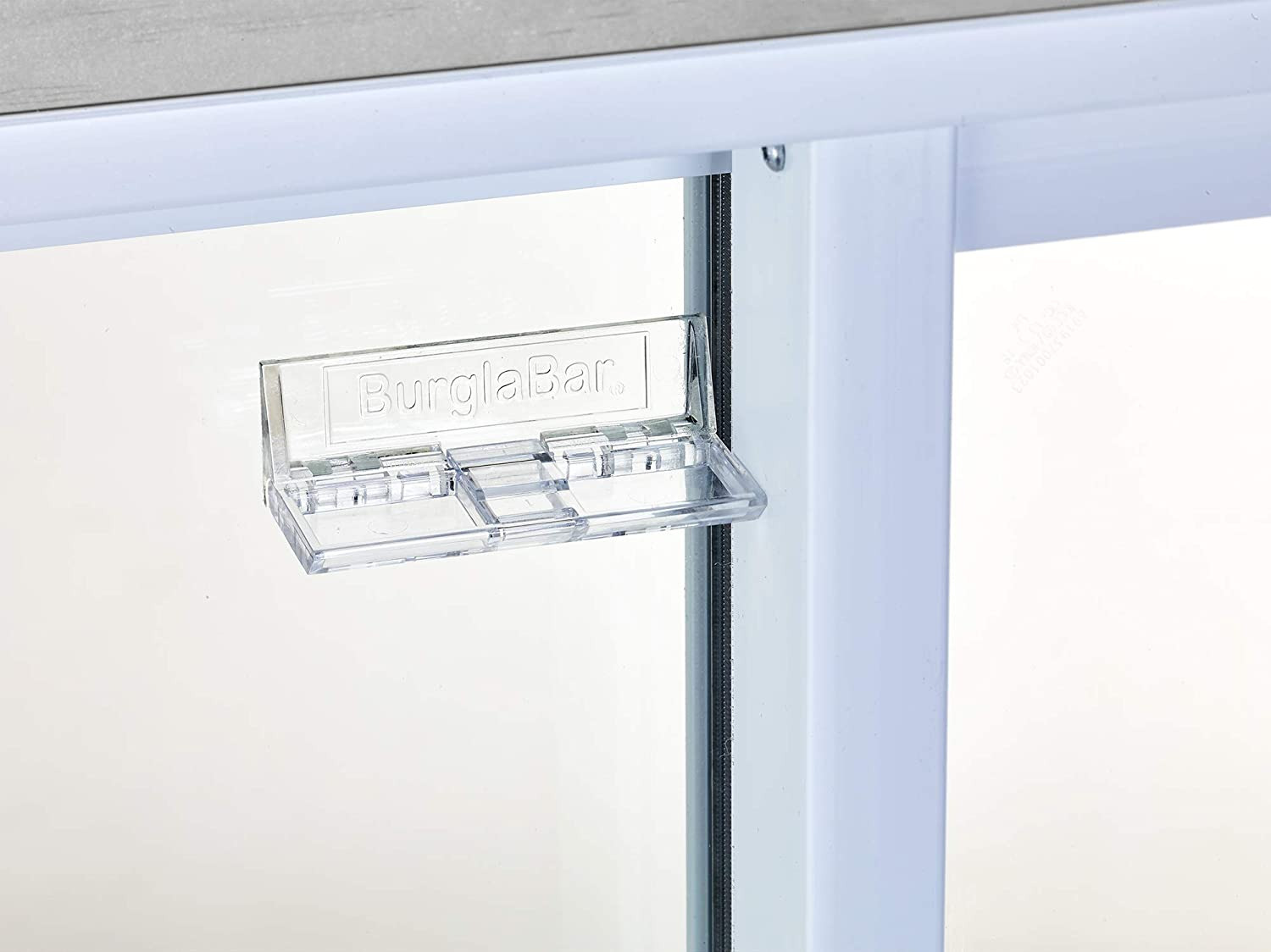
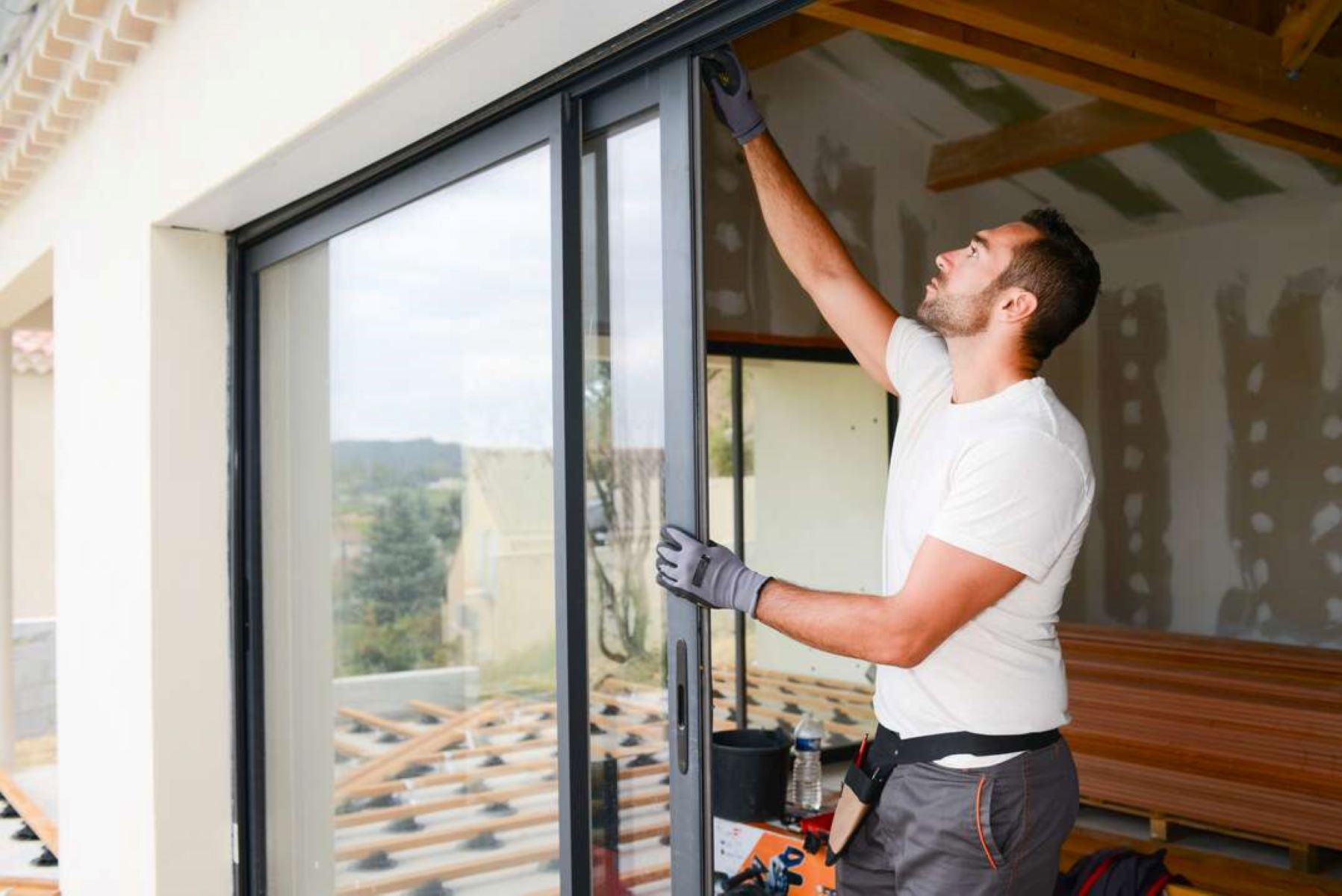
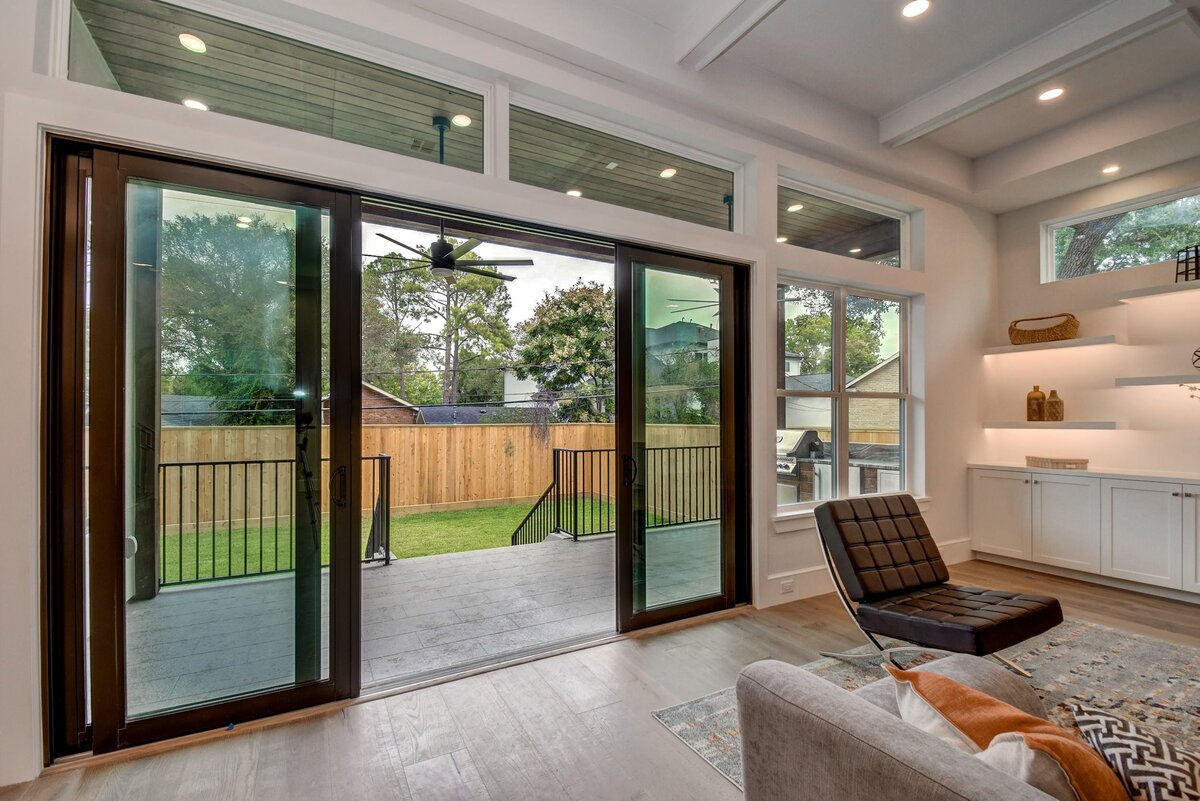
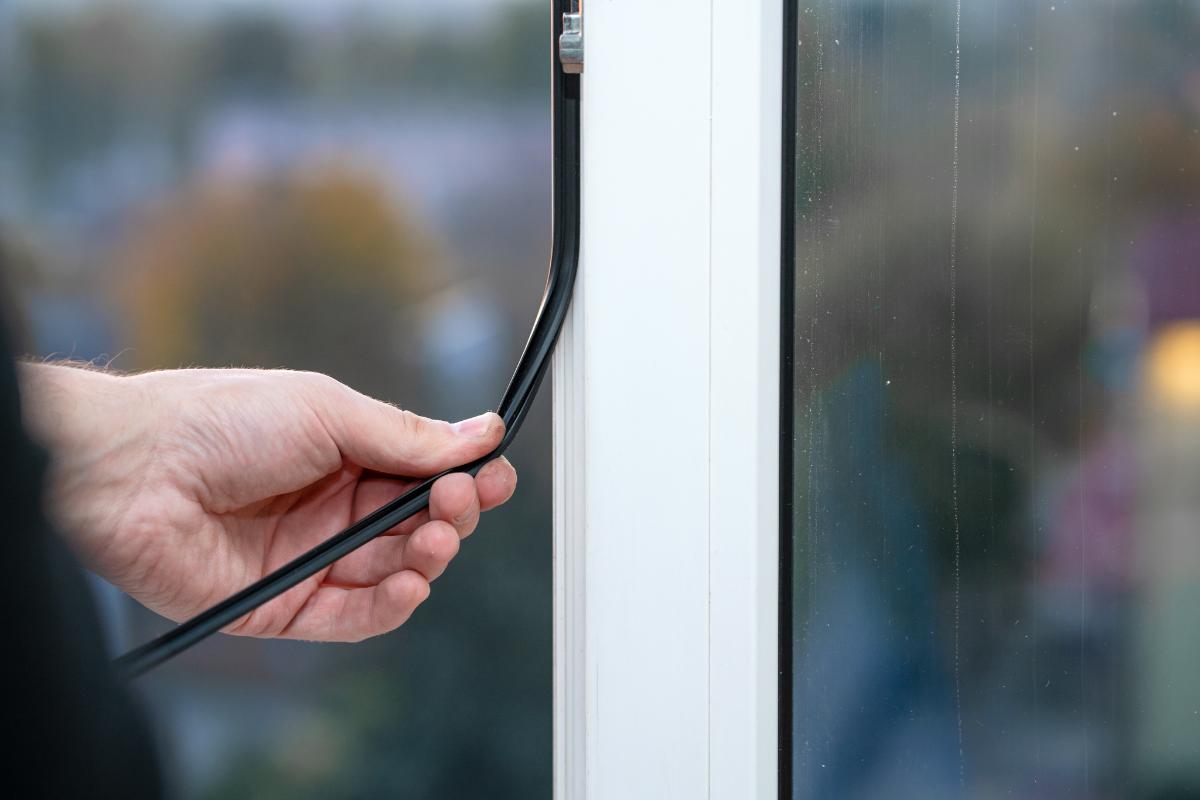


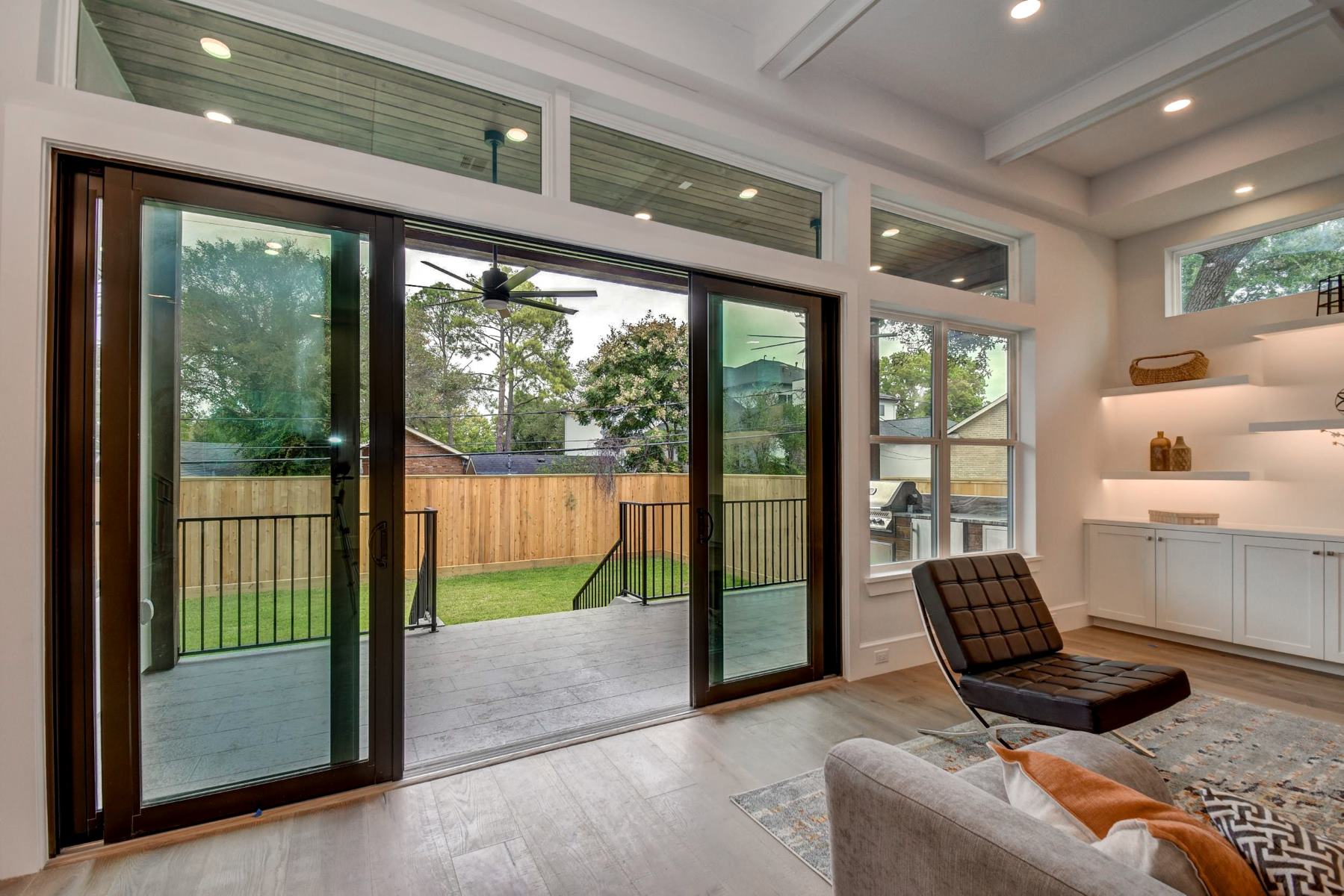

0 thoughts on “How To Winterize A Sliding Glass Door”